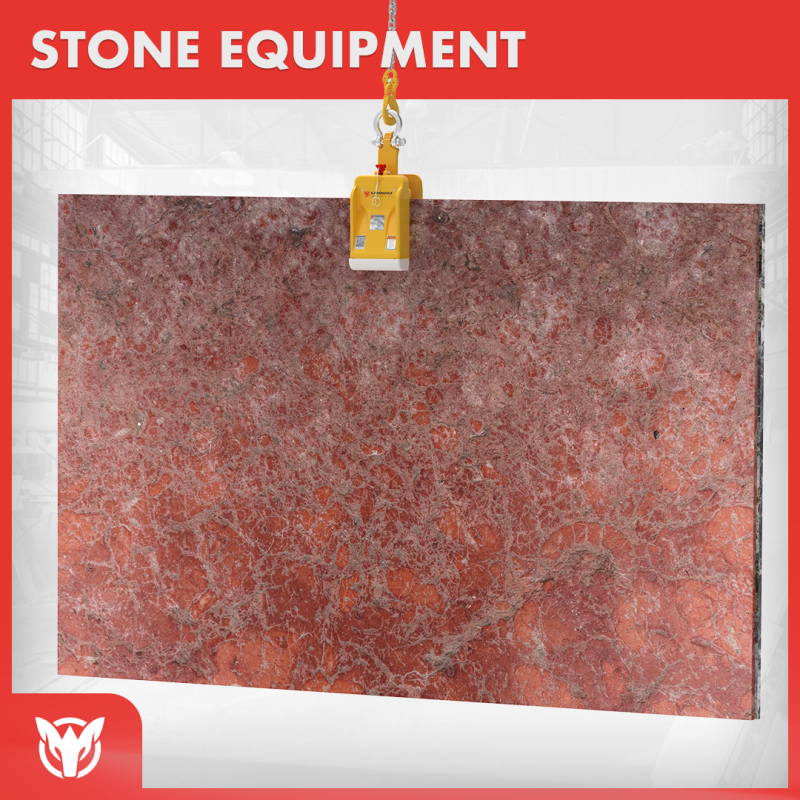



Modern construction increasingly relies on high-efficiency, high-precision stone equipment to meet the demands of large-scale projects. From manual stone equipment to automated systems such as CNC and waterjet cutters, the sector continues to evolve at a rapid pace. This article explores the balance between traditional craftsmanship and cutting-edge machinery, offering insights on stone lifting equipment, stone lifting clamps, and maintenance strategies that extend equipment lifespan.
For centuries, stone artisans have relied on chisels, hammers, and hand-operated saws to create intricate designs. These manual stone equipment techniques remain relevant for bespoke projects that demand artistic finesse.
Example: A boutique architectural firm in Florence still uses hand chisels for restoring heritage buildings, where historical authenticity takes precedence over speed.
The advent of CNC machines, waterjet cutters, and robotic arms has revolutionized stone processing. According to a 2022 study by the Natural Stone Institute, switching from purely manual methods to CNC-driven systems can increase production capacity by up to 30%.
Case Example: A commercial contractor used CNC stone-cutting machines to produce 500 identical granite panels for a corporate office complex in half the time estimated for manual methods.
In practice, many professionals adopt a hybrid approach—leveraging automation for bulk tasks and manual techniques for finishing touches. This combination offers both high-volume efficiency and artisanal quality.
These contrasting approaches illustrate the diverse methods available in stone processing. Whether for artistic restoration or mass production, the choice between manual and automated equipment significantly influences project outcomes. This naturally leads to broader industry implications—where emerging trends and challenges further shape how professionals select and maintain their equipment.

Industry Insight: The U.S. Bureau of Labor Statistics projects a continued shortage of skilled machinists and equipment technicians, prompting many companies to invest more in in-house training and apprenticeships.
Understanding these trends and challenges is crucial, but they also underscore the need for robust maintenance practices. As technology advances, regular upkeep becomes even more vital to ensure that both manual and automated systems operate at peak efficiency. The next section details how to tackle wear and tear effectively.
Stone processing environments are inherently abrasive, with dust and constant friction impacting equipment performance over time. Maintaining these machines is essential for ensuring safety, productivity, and long-term cost-effectiveness.
By understanding the causes of wear and establishing a rigorous maintenance schedule, companies can safeguard their investments and maintain operational efficiency. This proactive approach not only addresses current challenges but also sets the stage for future advancements in stone processing.
The modern construction industry thrives on a dynamic blend of traditional craftsmanship and automated stone equipment innovation. As stone equipment companies introduce increasingly sophisticated solutions, it becomes imperative to stay informed about best practices, from choosing the right stone lifting equipment to integrating stone lifting clamps safely and efficiently.
By investing in advanced machinery, implementing rigorous safety protocols, and prioritizing maintenance, businesses can remain competitive in a rapidly evolving market.
Further Reading and References
Disclaimer: This article is intended for informational purposes only. Always consult with certified professionals and follow manufacturer guidelines when operating heavy machinery or lifting equipment.
Sign up to receive the latest info on new Aardwolf products, special offers and more.
By signing up you agree to receive emails from Aardwolf with news, special offers, promotions and other information. You can unsubscribe at any time.